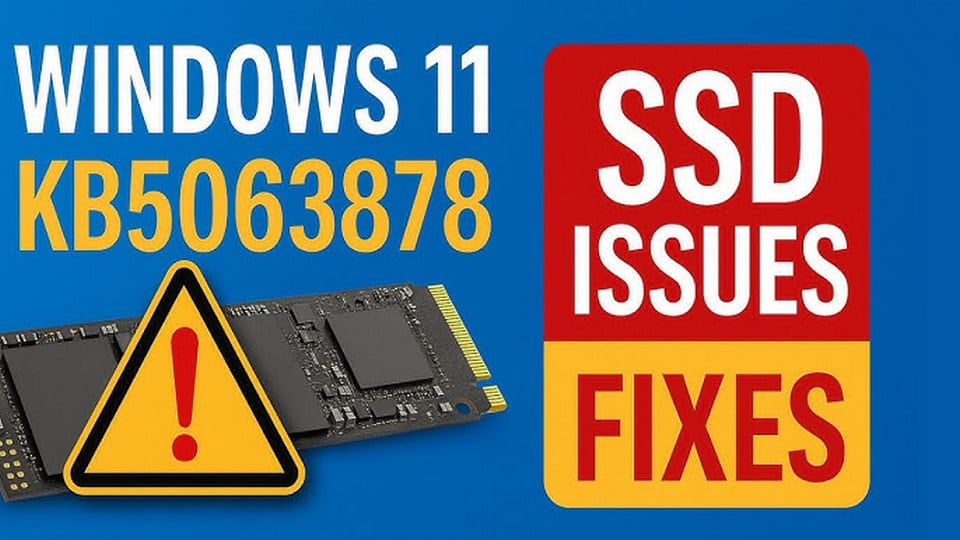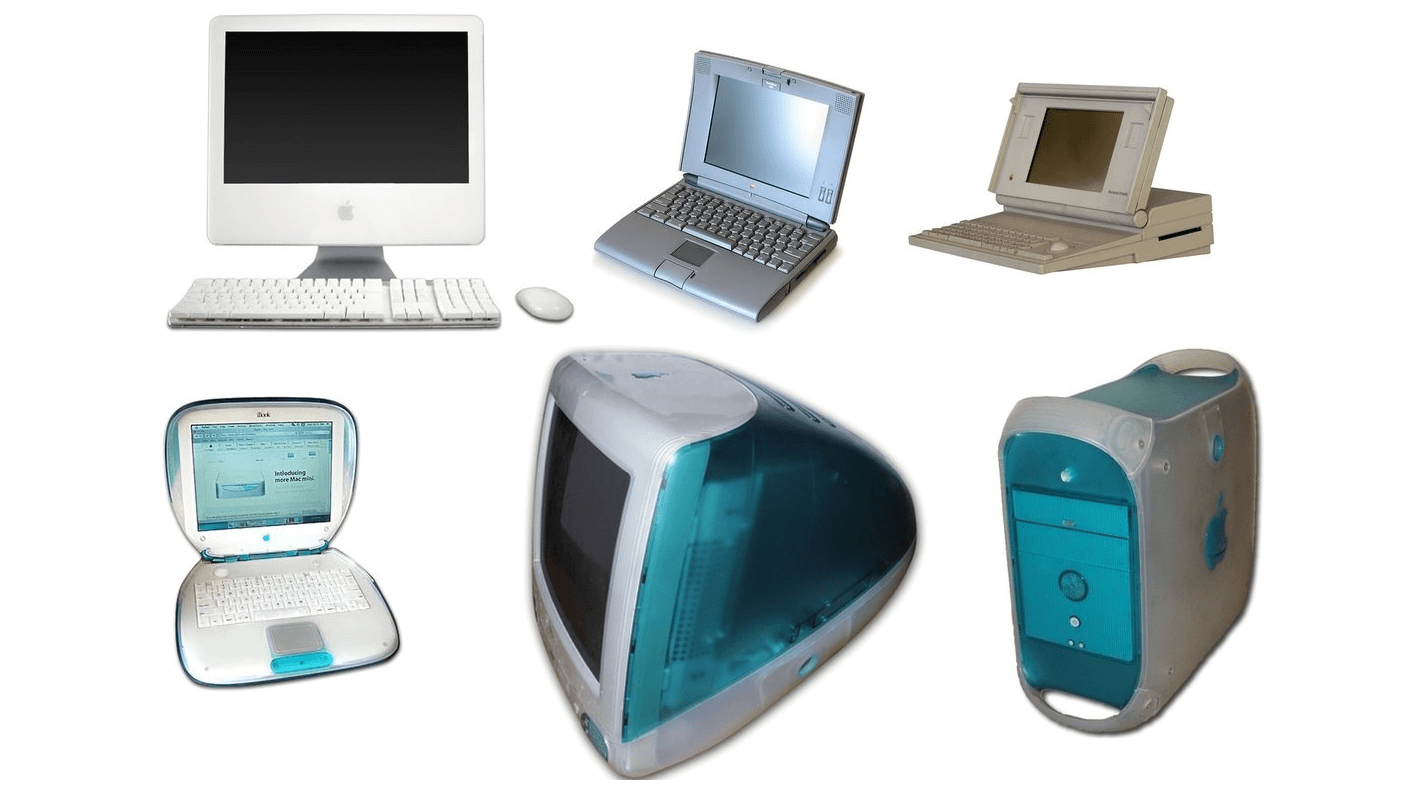You’d think fixing laptops would get easier with time – better designs, better diagnostics, faster tools. Instead, the opposite’s happening. Fragile modern designs, parts availability and aggressive security features, every repair is becoming more and more complicated.
Let’s take a deeper look at where things are heading – and why BitLocker, that well-meaning security feature that encrypts your laptop data so it can’t be accessed without your PIN or password, is turning into one of the biggest headaches in the business.
With the release of Windows 11, Microsoft has decided to enable BitLocker encryption automatically during clean installs – if you’re using supported hardware (TPM + Secure Boot) and sign in with a Microsoft account during setup.
Here’s why that’s a problem:
1. Users Don’t Know It’s On
Seriously – 90% of people couldn’t tell you if BitLocker is active on their machine. They don’t see it, don’t get a pop-up, and definitely don’t think to check their recovery key status. So when the drive becomes inaccessible after a repair, they’re blindsided by a recovery key prompt they’ve never heard of.
2. Your Data is Lost Without the Key
Let me be 100% clear: if the BitLocker key is missing, the data is gone. Even the CIA can’t break into that drive. It’s the digital equivalent of welding the door shut and throwing away the handle.
If the key is backed up – and that’s a big if – it’s often tied to the Microsoft account. Great in theory, but in practice, we are stuck helping the customer recover their email, reset passwords, dig through forgotten inboxes… all to try and find the encryption key.
3. It Turns Routine Repairs into Recovery Missions
We used to swap a motherboard in 20 minutes. Now? Add another 45 just to deal with the encryption nonsense. And let’s not forget that we didn’t ask for BitLocker to be turned on. Windows did it behind the scenes during setup.
It’s a classic case of well-meaning tech causing more grief than the thing it’s supposed to protect against.
Soft Skills: The Unsung Hero of Modern Tech Work
These software curveballs mean repair work is now half customer service. We are not just fixing machines – we are translating corporate security policies to confused humans.
Here’s what that looks like in real life:
- “What do you mean it’s encrypted?”
- “I didn’t turn anything on!”
- “Can’t you just bypass it?”
- “No, I don’t know my Microsoft login. Can’t you just get around it somehow?”
And when we can’t get past BitLocker without the key, we are the bad guys – even if we just helped salvage your laptop! So now, we need to master not just hardware and software, but human software too – managing emotions, expectations, and misinformed assumptions.
Check Your BitLocker Key and Write it Down!
It doesn’t even matter if you need the repair now. Sometimes, this issue even pops up if you drain the laptop battery too low or do major updates. You need to make sure your BitLocker key is available or, at the very least, you know how to find it.
In most cases, your Bitlocker key is stored in your Microsoft account, which is typically a Hotmail or Outlook account, however, you can register one with any email address. You can find what yours is by going to Settings (or Press Win+I) and looking in the top left corner. Next to your profile picture there will be an email address you used.
Try to login to your Microsoft account using that email address. If you don’t know what the password is, reset it. If your recovery methods aren’t fully configured, for example, it’s asking you to add your alternate email address or phone number, do that.
After that, navigate to your Account Settings -> Devices or use this link – https://account.microsoft.com/devices/
If you have multiple devices, select the one you need and click on “Manage recovery keys”. You might have to authenticate again. If you have the encryption key, it’s all good. If you don’t, you might get in trouble!

Oh and by the way, while you are doing all of that, don’t forget to make a full computer backup. You’ll be happy you did it should you ever need it! Need help? Come talk to us.






